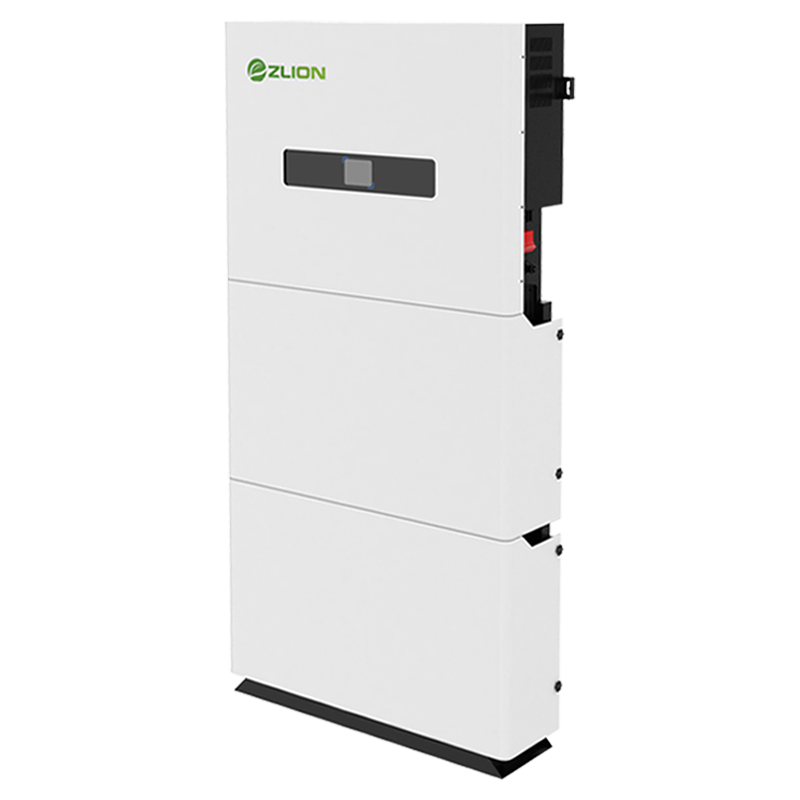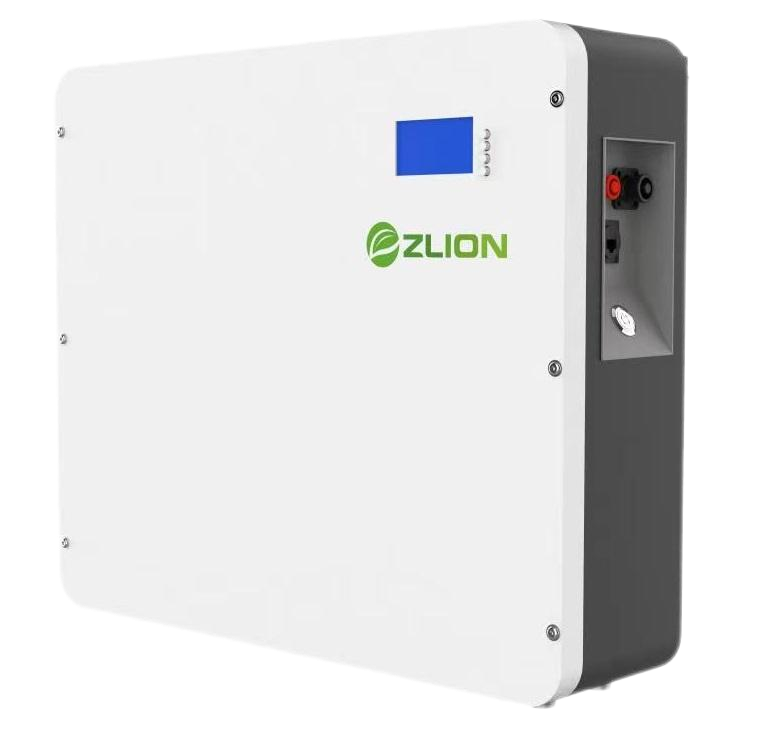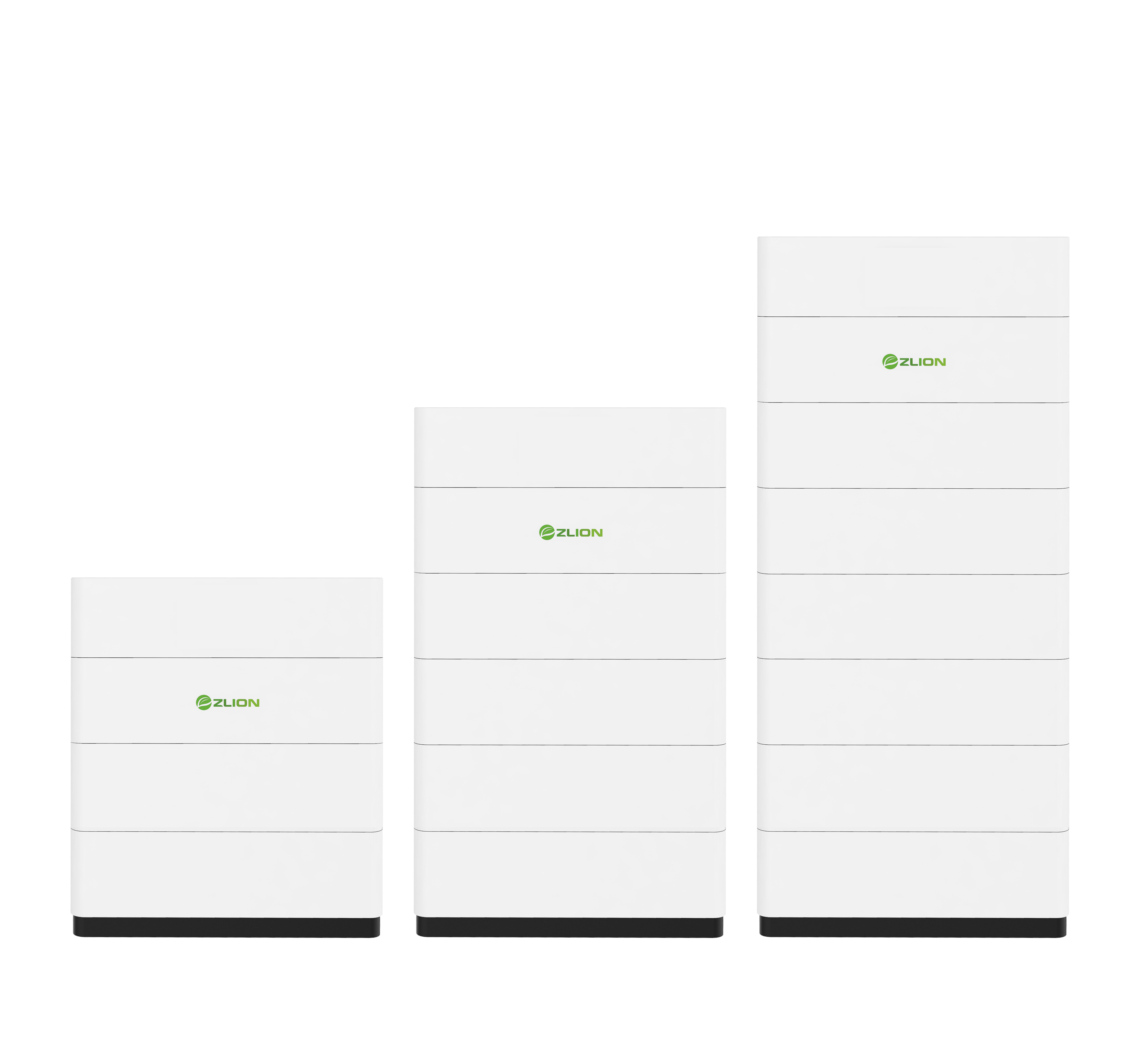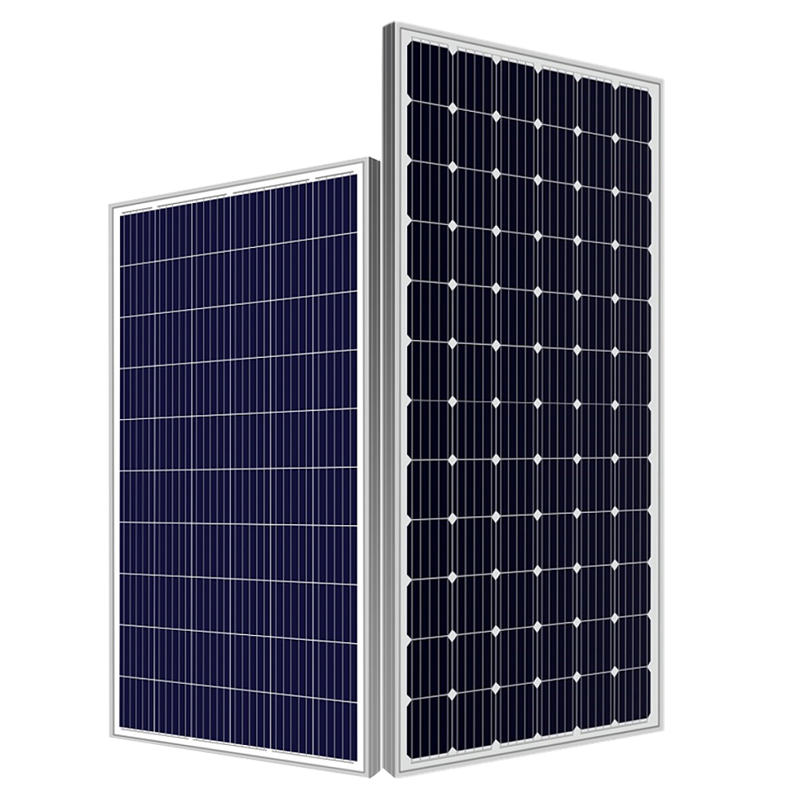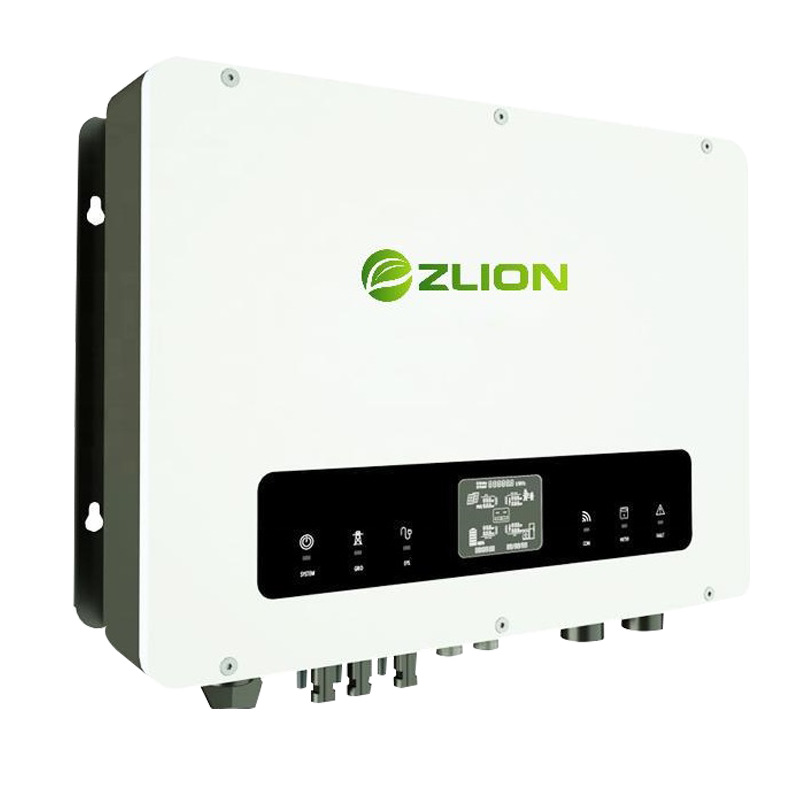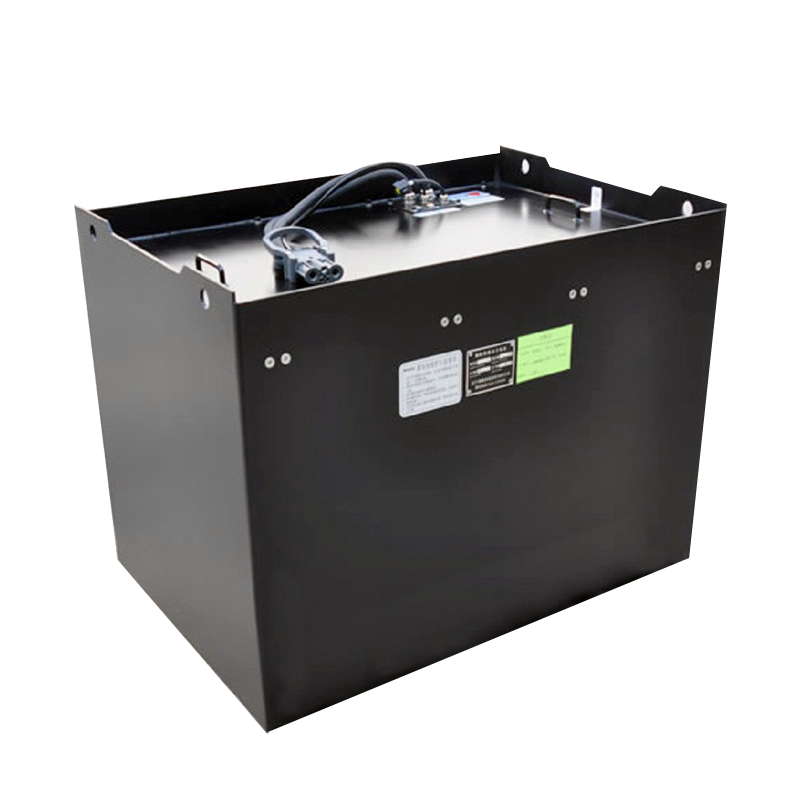Solar inverters convert direct current (DC) generated by solar panels into alternating current (AC) so that homes and businesses can use this power. According to different application scenarios and technical characteristics, solar inverters are mainly divided into the following categories:
1. Sine Wave Inverter
• Pure Sine Wave Inverter: The output current waveform is close to the perfect sine wave, suitable for high quality devices, such as computers and TVS.
• Modified Sine Wave Inverter: The output current waveform is close to the sine wave, but not completely smooth, suitable for some less sensitive electrical appliances, such as fans, lights, etc.
2. Centralized Inverter
Features: Suitable for large-scale photovoltaic power plants, usually connected to multiple solar panel arrays, through a large inverter conversion.
• Advantages: Low cost and easy maintenance.
Disadvantages: High risk of single point of failure, efficiency is affected by the weakest link in the system.
3. String Inverter
• Features: Each photovoltaic array is converted by an independent inverter, suitable for small and medium-sized photovoltaic systems.
• Advantages: modular design, easy to expand; If a problem occurs in one array, it does not affect the work of other arrays.
• Disadvantages: the cost is slightly higher than that of centralized inverters.
4. Micro Inverter
• Features: Each solar panel is equipped with a separate inverter that directly converts direct current to alternating current.
• Advantages: Each panel can work independently, improving the overall efficiency of the system; Shadow occlusion has little effect on the whole system.
• Disadvantages: high initial investment costs.
5. Power Optimizer
• Features: Installed on each solar panel and used in conjunction with a series inverter to optimize the output voltage and current of each panel.
• Advantages: It can improve the power generation efficiency of the system without increasing too much cost, especially for partially shielded environments.
• Cons: Additional hardware support required.
6. Energy Storage Inverter (Hybrid Inverter)
• Features: Combining the functions of photovoltaic power generation and energy storage system, it can convert the electric energy generated by solar panels into alternating current, and can also store excess electric energy to the battery for use at night or on cloudy days.
• Advantages: Achieve efficient use of energy and reduce dependence on the power grid.
• Disadvantages: high cost and technical complexity.
Application scenario summary:
• Home photovoltaic systems: Series inverters or micro-inverters are usually used because they are more suitable for small distributed applications and have a high degree of flexibility.
• Large PV plants: Centralised inverters are preferred because they are more cost effective.
Hybrid systems: Energy storage inverters are ideal for applications that require energy storage, such as off-grid systems or home users who want to reduce their electricity bills.

